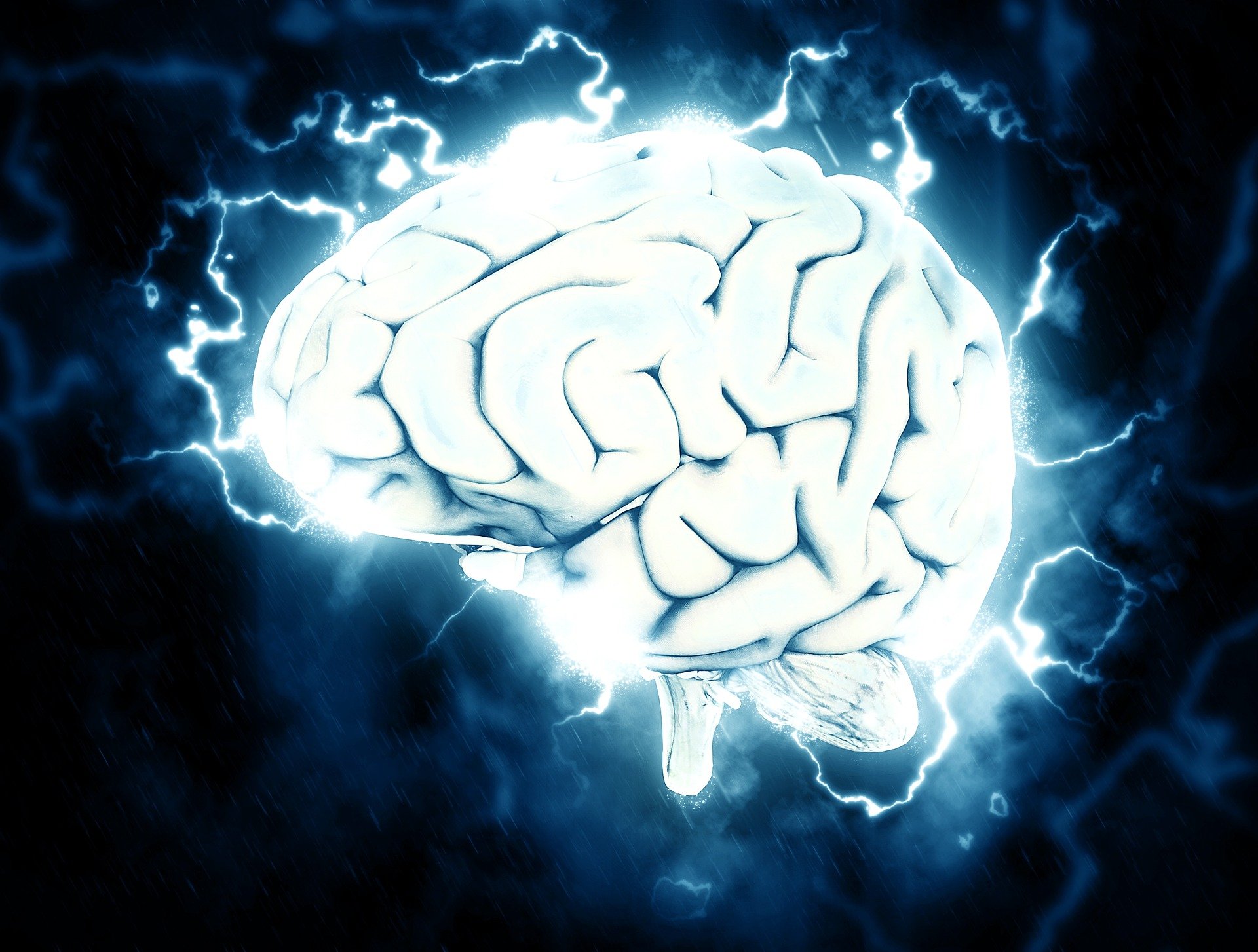
Nobody knows what really goes on inside the mind of a woman or a man. That could soon be over, as Corticale has developed a technology that is capable of recording the bioelectrical activity of neural cells.
The neurotech start-up that was founded within the Italian Institute of Technology (IIT) has developed what is known as SiNAPS – Simultaneous Neural Recording Active Pixel Sensor technology. In a tiny, implantable device, hundreds of sensors track and record what’s going on inside a specific area of the brain.
After years of research at IIT, the technology is about to be launched on the market. Fabio Boi, Gian Nicola Angotzi, and Luca Berdondini are the researchers behind the project. The entrepreneur Giuseppe Santella became chair of the company after funding it with 2 million euros.
“We saw a technological gap, as even though intra-cortical electrodes already existed, only a few of them were able to monitor dozens of neurons at the same time. It wasn’t enough for understanding how the brain worked. Immediate feedback on what was going on could not be obtained that way”, Gian Nicola Angotzi, scientific director of Corticale, told Innovation Origins.
“Our goal is to understand how the brain works under normal conditions and how it works when it is affected by disease. We would like to figure out how to treat illnesses as well as how to retrieve the lost functionalities”, adds Angotzi.
The tests conducted on animals’ brains produced promising results. The company aims to make its technology available to neuroelectronic companies and research centers by the end of 2021. In the coming years, SiNAPS will also be available for hospitals to use to study the human brain.

How it is made
The latest developments in microelectronics enabled the creation of a 30×30 micron-sized device full of sensors. Inside of it, there are hundreds of high-resolution recording points. The small dimensions of the elementary circuit can envelop trauma in the organ. The device also features the highest electrode array density and minimal amount of wiring currently available on the market.
Thermal dissipation was – alongside size – the other main point to address. Heating living tissue doesn’t come without any problems. “Our brain doesn’t work well when we have a fever,” Angotzi notes. Furthermore, each unit optimizes the use of energy, as the device does not use all of it at the same time.
Even though all sensors record activity simultaneously, every circuit uses as little as 6 microwatts per hour. Each unit is also able to re-use energy.
After years of research, Corticale’s technology was able to strike a balance by creating a device that reduces the size of the brain area being covered without overheating it. This way, it performs better than its competitors, as it gets more data from more neural sites.
Advantages
Another SiNAPS feature is its modularity. In fact, multiple probes can be combined at the same time. “While working with a Munich lab, they asked us to create a probe that could study the hippocampus. We managed to design, produce and validate a 4-needle layout in two weeks. Our competitors are unable to switch around the layout the way we do”, says Angotzi.
Corticale’s technology also needs less time to be ready for use. “We had a chance to visit one of our competitors’ laboratories. In about an hour, we managed to set up our device so that it was ready for testing. This strength allowed us to validate our device in several labs”, explains Angotzi.
Vision
Since the beginning, the IIT team has had one goal in mind. “Our aim was to create a useful technology. That’s why we wanted to find specific areas of interest by working with research groups and biomedical companies”, explains Angotzi.
The project started thanks to funding from IIT. Then the research gained the support of the Brain Initiative NIH fund from the US. The Italian team was part of a program aimed at the development of novel optrodes for electrophysiology and site-specific stimulation. As a result, Angotzi and the other researchers at IIT were able to cooperate with several international institutions. Harvard and Newcastle University were among the universities where SiNAPS was tested at.
After validating the technology in mouse, rat, and monkey brains, the next step is the human brain. “Testing SiNAPS in human brains is our goal within the short term”, claims Angotzi. “We would like to test our technology in several hospitals. Using it with neurologists would tell us if it can be useful for them.”
What’s next
Despite the encouraging feedback, there is always room for improvement. “The best thing would be if we could create a device that could both monitor and stimulate the brain. In other words, it would be a device able to record a lot of neural cells and send stimuli to them at the same time”, says Angotzi.
Corticale has now made a name for itself. The company will attend the Society for Neuroscience meeting for the second year in a row. The convention – which will take place in November in the US – is one of the main meetings worldwide concerned with brain studies. The Italian team presented its research during the 2020’s edition. Since then, several neuroscience devices companies have shown interest in SiNAPS.
Besides the chance of recording the brain’s activity, SiNAPS could do much more. In the near future, SiNAPS will help to create human-robot neural interfaces. These interfaces will be able to control electronic or robotic devices, such as artificial limbs or exoskeletons.

